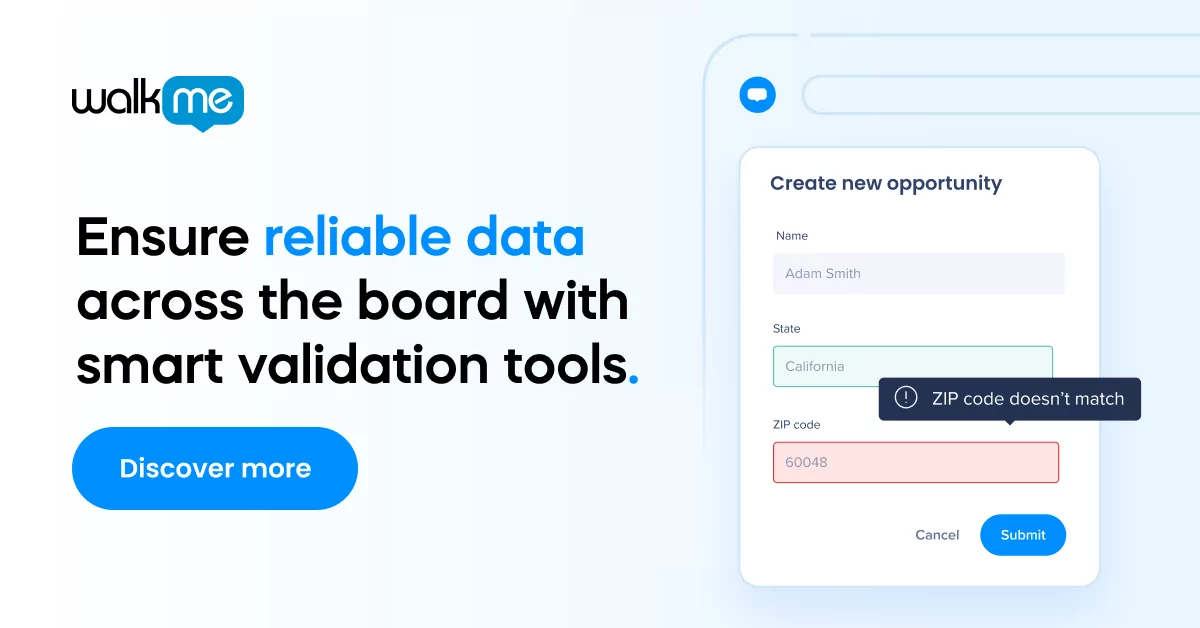As the pace of business transformation accelerates, more and more organizations are looking to no-code solutions for their software development.
These platforms allow users to develop new applications or workflows without writing a single line of code. For many businesses, these platforms offer an alternative to hiring a dedicated developer or investing in static, pre-built software.
In this post, we’ll uncover the world of no-code apps and discuss why they represent the next wave of software.
Low-code vs. no-code vs. “full code”
No-code apps are, as the name suggests, app development tools that require no programming skills.
Through drag-and-drop interfaces, they give business users the ability to:
- Create new apps, “mini-apps,” or tools
- Integrate fragmented workflows
- Automate tasks
- Simplify work environments
According to TechCrunch, no-code apps will “define the next generation of software,” since they democratize technical skill sets, just as the cloud enabled software purchasing and deployment. These tools will open up new pathways for digital innovation, even for those without technical programming knowledge.
While some use “no-code” interchangeably with “low-code,” the two are distinct.
Low-code apps, like no-code apps, simplify the development process. The difference, as you may have already guessed, is that coding is still required to complete certain portions of the process.
At first glance, that may seem like a significant improvement over full-code development—and, in terms of cost, it is.
However, the difference between no-code apps and low-code apps isn’t just one of cost, it’s a matter of accessibility. No-code apps can be used by anyone.
Low-code apps, on the other hand, can only be used by those with at least a hint of programming experience. This means that no-code apps are open to, and can be leveraged by, a much larger portion of the workforce.
The value behind no-code systems
“No-code” may be an unfamiliar term to some, but these tools have been around for a while.
A few examples include:
- WordPress, a content management system that allows anyone to create a website
- Coda, a collaborative documentation platform that integrates your various types of files into one accessible user interface
- Zapier, a tool that allows users to create “mini-apps” that integrate APIs from a wide range of services
- WalkMe, a platform that allows anyone to compose, automate, and simplify business processes across your entire tech stack
These types of tools have exploded in popularity by answering to the key needs of innovative business leaders around the world.
In an enterprise setting, platforms such as WalkMe:
- Simplify and speed up app development as well as adoption
- Democratize technology-driven innovation
- Reduce the burden on IT departments
- Enable new levels of efficiency and performance
- Streamline digital workflows
Given their practicality and ease of use, it should come as no surprise that many organizations are already using these platforms to augment their existing workflows.
How to integrate no-code into your workplace
There are different ways to leverage these tools in the work environment.
For instance:
Users can automate existing apps. The simplest way to use these apps would be to add functionality to or automate existing applications. A user who wants to automate a process in their accounting software could use no-code apps to perform repetitive tasks, such as data entry or extraction.
Composable software can integrate several existing apps. Some no-code apps, such as WalkMe, can interact with multiple third-party software. This means that users can create complex workflows, automations, or tasks that are built across several applications. A business user may have a workflow that spans three or more apps, but composable software removes the need to navigate from one to the other by providing a single, unified interface. The combinations are truly endless.
Entirely new apps that perform new tasks can be created. Finally, some platforms can be used to create entirely new applications from scratch. In this scenario, users can create fully functional apps with all the elements we normally associate with apps, such as user interfaces and the ability to work with raw data.
Given this range of possibilities, we shouldn’t be surprised if, in a few years, no-code apps become as widespread as Microsoft Office.
Does no-code spell the end for IT developers?
The short answer is no, and there are a few reasons why:
- IT and digital technology will continue to evolve, and developers must be the ones to drive that evolution forward
- There is a shortage of IT talent, and no-code apps will not change that
- Someone – that is, developers – must actually create no-code applications
- No-code apps have specific use cases, such as workflow automation, the creation of employee training programs, and website development
Ultimately, just as the industrial world was built upon mechanical technology, today’s world is being built upon digital technology. While no-code applications may shift the dynamics of the digital landscape, they will certainly not remove the need for skilled developers and engineers.
Final thoughts
No-code tools open up entirely new possibilities for the modern business.
Not only will they democratize innovation and app development, but they also promise to boost organizational agility, efficiency, and performance. The more that these tools advance, the more likely it is that they will offer competitive advantages on organizations that adopt early.


